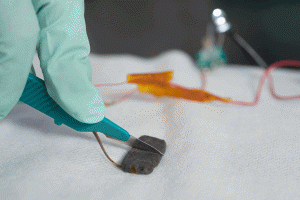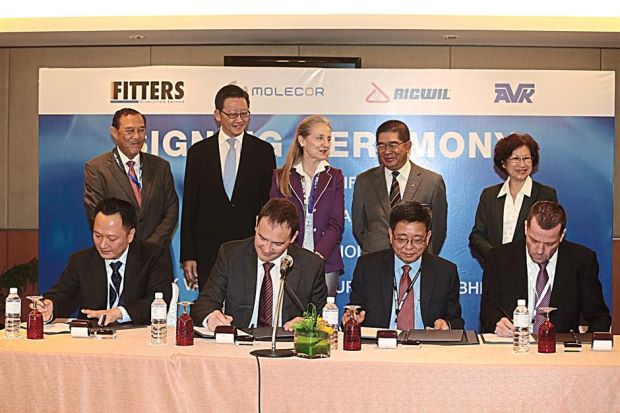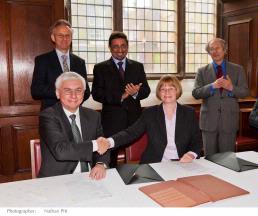
A nickel-loaded plastic skin developed by Stanford researchers may have applications in prosthetic devices or electronic components, according to chemical engineering Professor Zhenan Bao. She says that the new compound is the first material that can both sense subtle pressure and heal itself when torn or cut. Results of the research were published this month in the journal Nature Nanotechnology.
“A flexible and electrically conducting material that can sense mechanical forces and yet be able to self-heal repeatably can be of use in emerging fields such as soft robotics and biomimetic prostheses, but combining all these properties together remains a challenging task,” the research team reports in the article.
The composite is composed of a supramolecular organic polymer with embedded nickel nanostructured microparticles. Supramolecular chemistry refers to examination of weaker and reversible noncovalent interactions between molecules. Dr. Bau told PlasticsToday that the plastic can be described as a crosslinked polyurethane network. “We used 15-30wt% Ni particles”. The composite begins with a plastic consisting of long chains of molecules joined by hydrogen bonds—the relatively weak attractions between the positively charged region of one atom and the negatively charged region of the next.
“These dynamic bonds allow the material to self-heal,” said Chao Wang, another member of the research team. The molecules can break apart fairly easily, but the bonds can reorganize themselves following damage. It’s a bendable material, something like taffy.To boost the mechanical strength of the compound and provide electrical conductivity, the Stanford team added nickel. “Most plastics are good insulators, but this is an excellent conductor,” Bao said.
After 50 cuts and repairs, a sample withstood bending and stretching just like the original. One problem is that the nickel particles interfere with the ability of the plastic compound to reconnect. In future research, the nickel particle size will be adjusted in an effort to improve results. The research was supported by the Air Force Office of Scientific Research.







